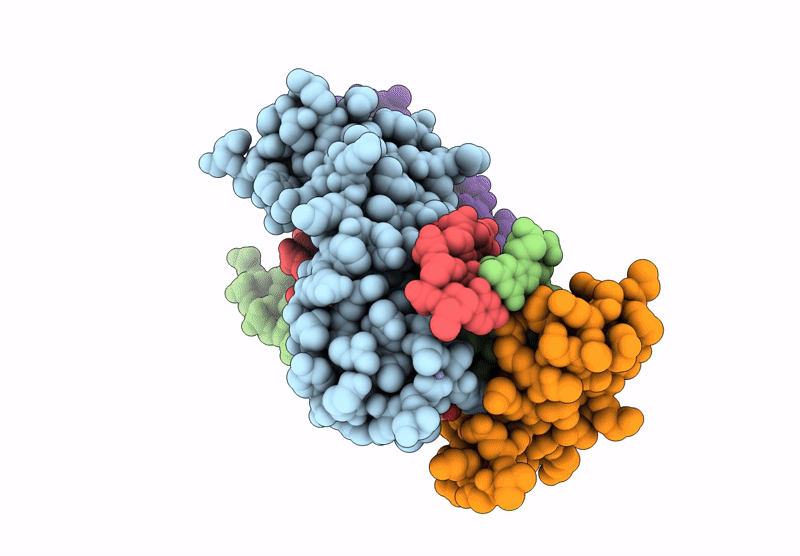
Deposition Date
2024-10-30
Release Date
2025-04-09
Last Version Date
2025-04-30
Entry Detail
PDB ID:
9E6R
Keywords:
Title:
BCL11A ZF4-6 in Complex with a DNA Sequence Observed in the Human Globin Locus Containing Motif TGACCA
Biological Source:
Source Organism:
Homo sapiens (Taxon ID: 9606)
Host Organism:
Method Details:
Experimental Method:
Resolution:
2.09 Å
R-Value Free:
0.23
R-Value Work:
0.20
R-Value Observed:
0.20
Space Group:
P 41 21 2


